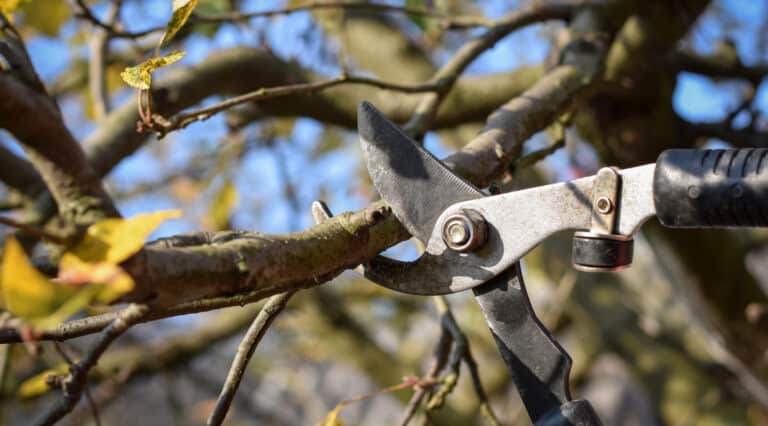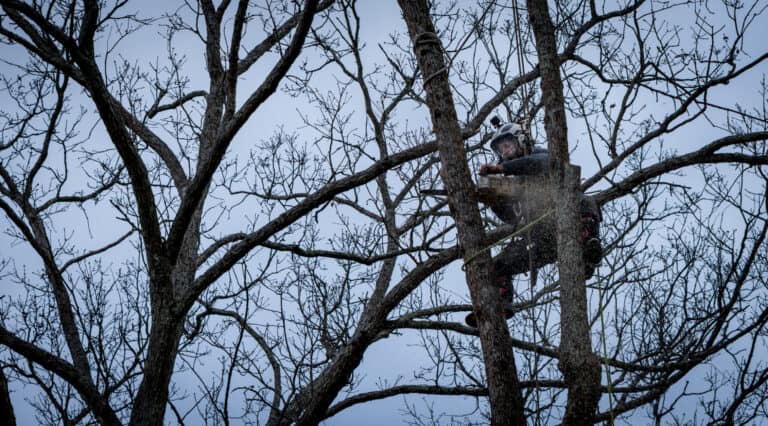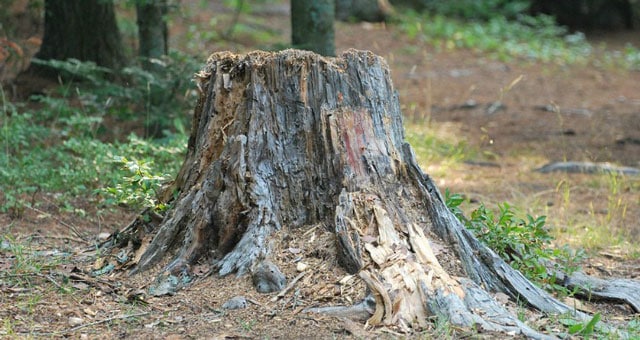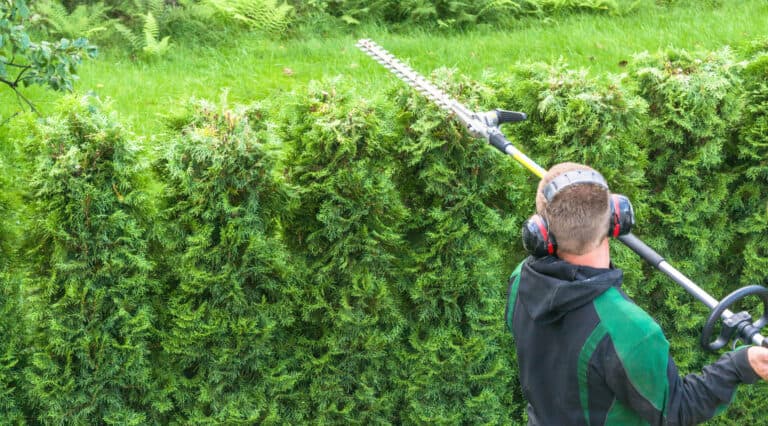Find My Local Expert Timing is Key: When to Prune...
Read More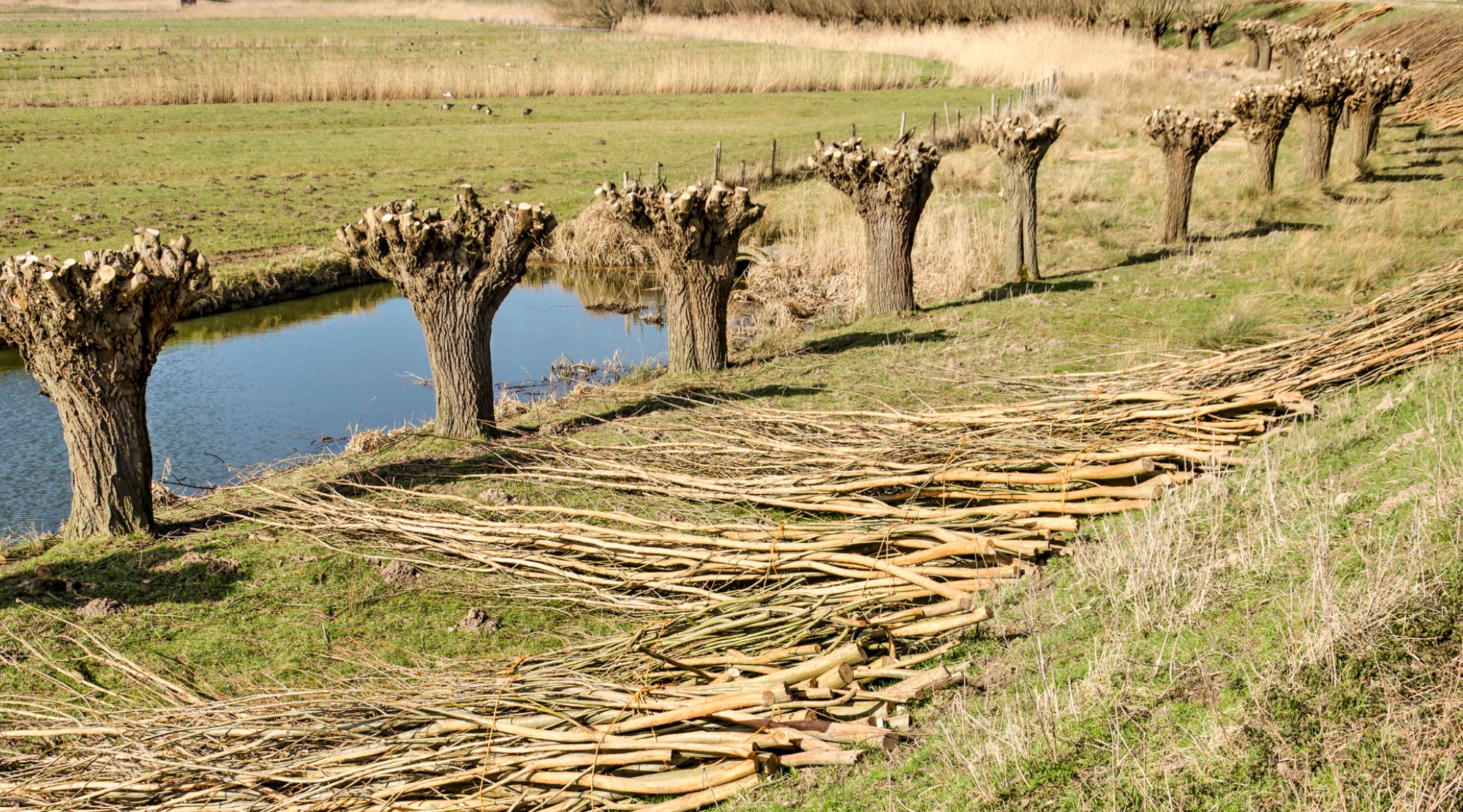
When to Pollard Trees: The Essential Guide
Pollarding: The Purpose and Benefits of this Pruning Technique
Pruning trees is an essential part of tree maintenance to ensure their health and safety. One pruning technique that serves practical reasons is pollarding. Pollarding involves the removal of upper branches and stems of deciduous trees, limiting their growth and creating a manageable size. This technique has been practiced for centuries and continues to be a valuable method in tree surgery.
The primary purpose of pollarding is to control the height of trees and reduce shade. By regularly pollarding specific tree species like oak, lime, or apple trees, you can prevent them from growing too tall and casting too much shadow. This is particularly important in urban areas where tall trees can obstruct electrical wires and phone lines.
Pollarding is typically done in late winter when the tree is dormant, making it easier for tree surgeons to perform the pruning. It also ensures that the tree will produce new growth in the spring, promoting a healthier tree overall. Additionally, by pollarding on a regular basis, you can maintain the tree’s shape and prevent it from becoming overgrown or misshapen.
If you have street trees or beloved trees in your yard that have grown too tall or are obstructing electric wires, it may be time to consider pollarding. Engaging expert tree surgeons who specialize in tree pollarding is essential to ensure the process is done correctly and the tree’s health is maintained.
Remember, pollarding is a pruning technique best suited for certain tree species. If you have fruit-bearing trees or ornamental fruit trees, it’s important to consult with an expert to determine the appropriate pruning method for those specific trees. By following the proper timing of tree pollarding and engaging professional tree surgery services, you can enjoy healthier, more manageable trees and prevent potential problems down the line.
What is Pollarding
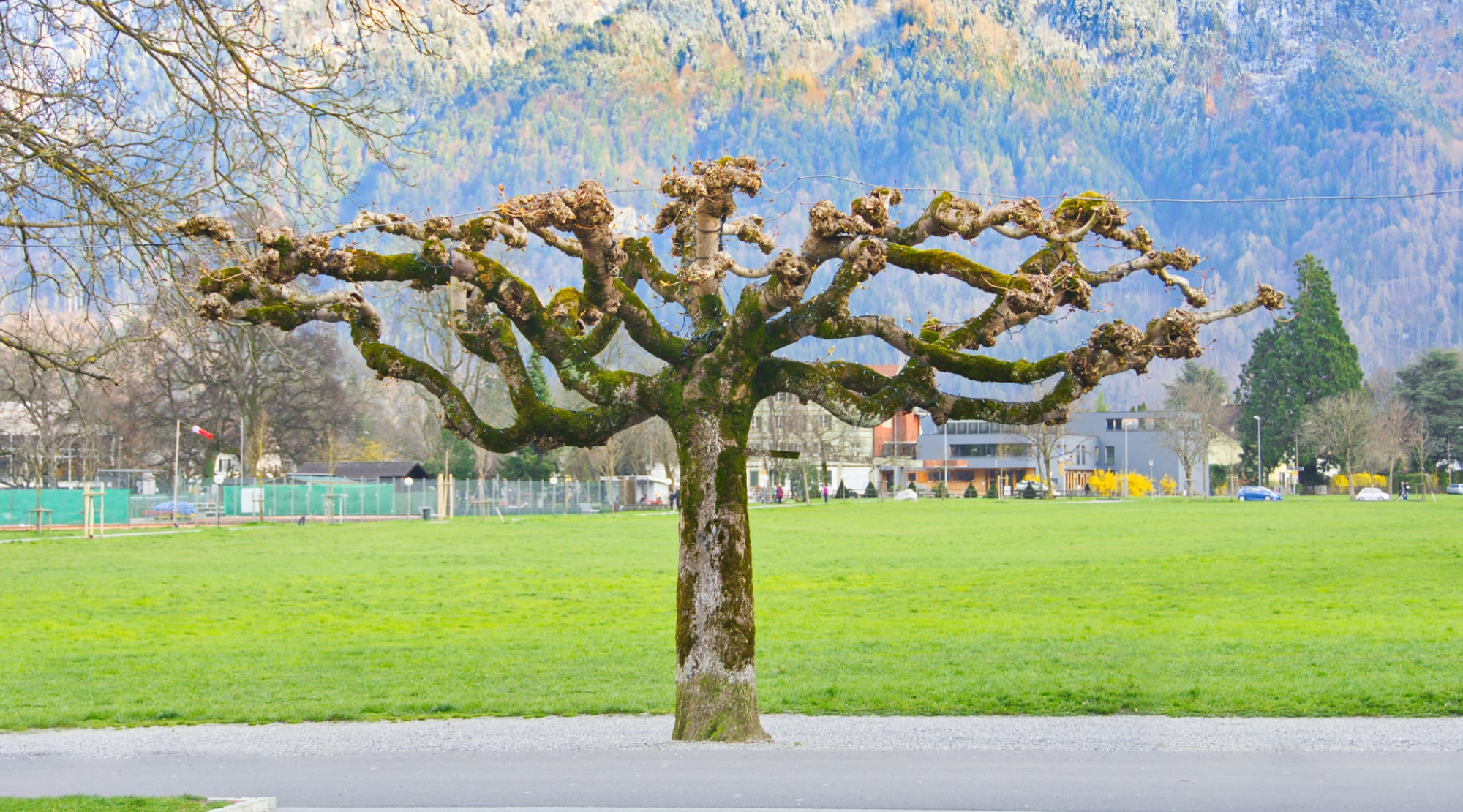
Pollarding is a pruning technique that involves the removal of upper branches and stems of deciduous trees. This ancient tree surgery practice is carried out to control the height and growth of trees while also promoting their health and safety. By regularly pollarding specific tree species, such as oak, lime, or apple trees, you can prevent them from becoming too tall and casting excessive shade. This is especially important in urban areas where tall trees can obstruct electrical wires and phone lines. Pollarding is typically done in late winter when the tree is dormant, making it easier for tree surgeons to perform the pruning. This ensures that the tree will produce new growth in the spring, allowing for a healthier and more manageable tree overall.
Why are trees pollarded?
Tree pollarding is a pruning technique used to control tree size, especially in urban areas with limited space. You can control the height and width of certain trees, like oak or lime trees, by regularly pollarding them.
Another benefit of pollarding is that it promotes new growth. When a tree is pollarded, the upper branches are cut back to a certain point, forcing the tree to produce dense regrowth from the cut points. This provides a fresh burst of foliage and can create a lollipop-like appearance.
Utility lines are often a concern when it comes to tree growth. Pollarding is a way to prevent tree branches from interfering with electrical wires, phone lines, and other utilities. By regularly pollarding street trees or trees near power lines, the risk of damage or outage is reduced.
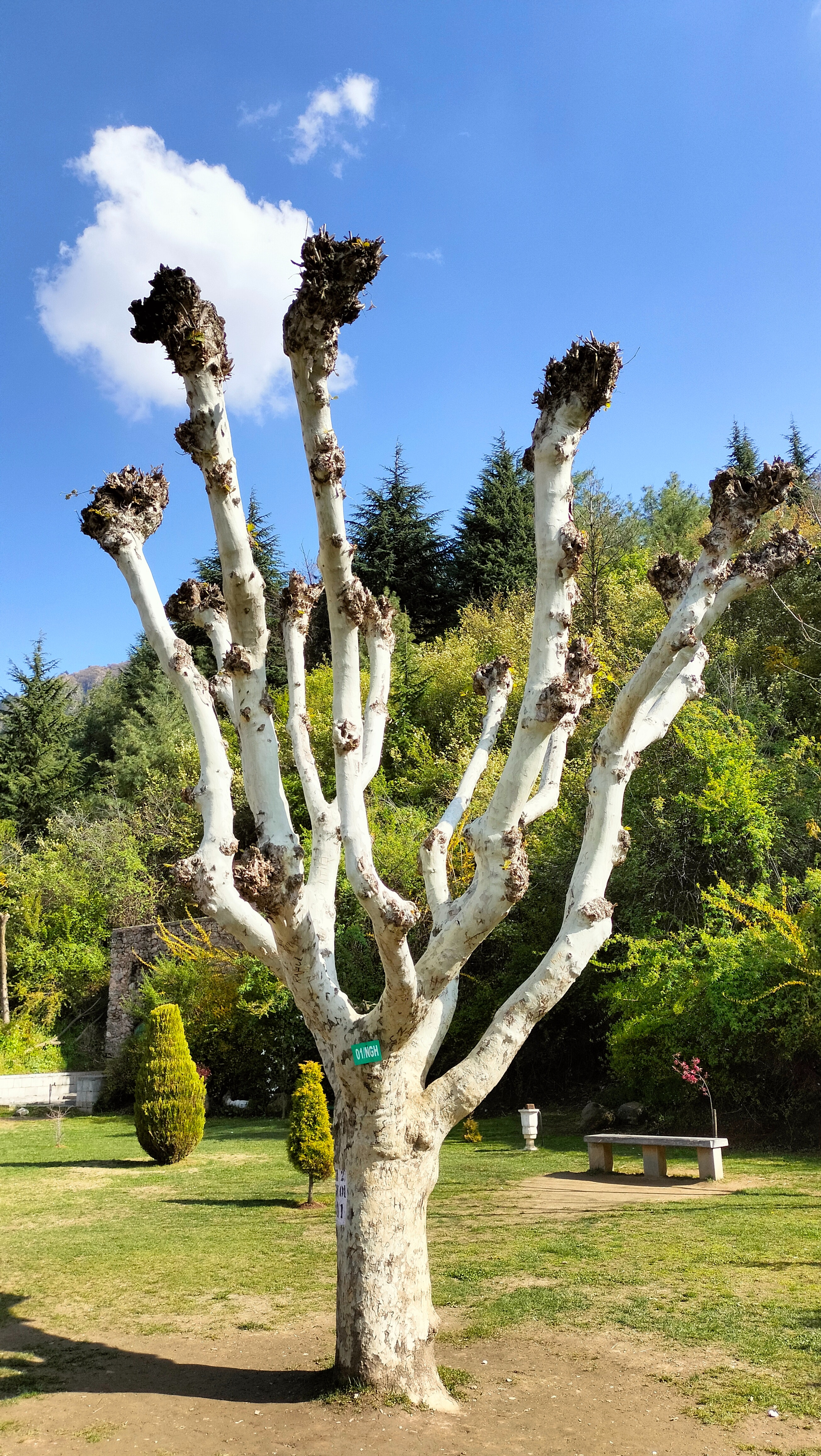
Lastly, tree pollarding is done to preserve the health of the tree. By pruning the tree back to a specific height, it stimulates the tree’s ability to compartmentalize wounds and minimize decay. This can extend the tree’s lifespan and keep it looking healthy and vibrant.
When Should I Pollard My tree
When it comes to pollarding your tree, timing is key. Late winter or early spring is generally the optimal time for this pruning technique. During this period, most trees are in their dormant phase, which means they are not actively growing. Pollarding during dormancy allows the tree to recover and regrow before the onset of the growing season.
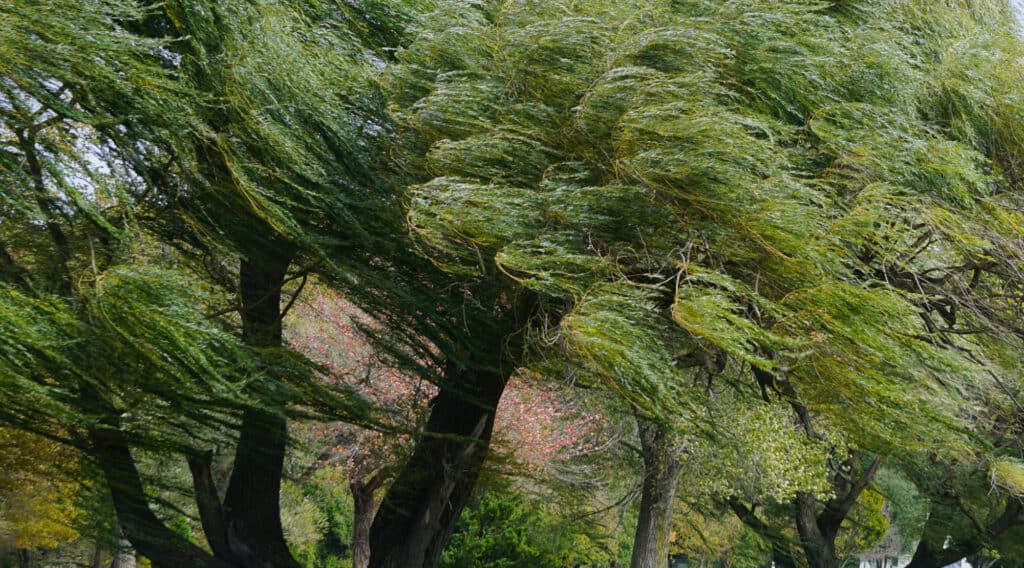
When should one consider using this technique?
- Tree Species: Different tree species have their own preferences for when to be pollarded. For instance, oak or lime trees are typically pollarded in late winter or early spring.
- Electrical Wires: If the tree is located near electrical or phone lines, pollarding may be necessary to prevent interference or potential damage.
- Tree Growth: If a tree is growing too tall or becoming top-heavy, pollarding can help maintain a manageable size and prevent it from becoming unsafe.
Signs for Pollarding:
- Tree Height: If a tree is getting too tall and causing issues with structures or nearby buildings, it may be a good time to consider pollarding.
- Top Heaviness: If the upper branches of a tree are disproportionately large compared to the lower branches, pollarding can help restore balance and reduce the risk of branch failure.
Maintaining Desired Height and Shape:
- Shade Reduction: Pollarding can help reduce the shade cast by a tree, which may be desired in certain areas where sunlight is needed.
- Shape Definition: By pollarding, the tree can be shaped into a more defined form, such as lollipop trees or those with a central leader.
Pollarding vs. Topping: Understanding the Key Differences
Pollarding
- Pollarding is a carefully planned and ongoing pruning technique, while topping is a harmful practice that can weaken or even kill a tree.
- Pollarding is typically done on deciduous trees, such as oak and lime trees, and is best performed during late winter when the trees are dormant. In contrast, topping is not a recommended technique for healthy trees.
- Pollarding, however, is a practice in tree surgery to manage tree size and appearance, as well as to promote longevity.
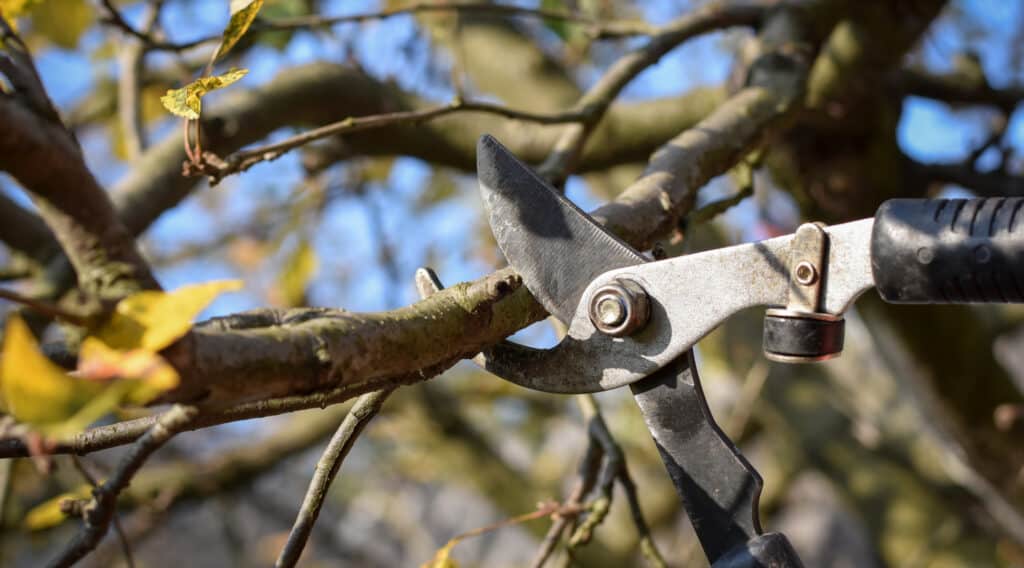
Topping
- Topping involves cutting older trees almost to the top of the trunk, often done out of expediency, while pollarding is done on young trees during their dormant period to encourage healthy regrowth.
- When trees are topped, open wounds are created, leaving them vulnerable to diseases and pests. On the other hand, pollarding maintains the tree’s natural shape while promoting healthy regrowth.
- Topping is commonly performed for practical reasons, such as when trees interfere with electrical wires or structures.
- Topping can lead to the development of weak branches and a misshapen crown. In contrast, pollarding helps to create a more manageable size for trees and allows for the removal of potentially problematic upper branches.
By understanding and recognizing the key differences between pollarding and topping, we can ensure the proper care and maintenance of our beloved trees.
Trees Suitable for Pollarding
When it comes to pollarding trees, certain types are more suitable for this pruning technique. Broadleaf trees, also known as deciduous trees, are commonly chosen for pollarding. Species such as Ash, Elm, Elder, Oak, and Gum are well-suited for this practice.
But keep in mind that different trees have their own unique characteristics and requirements. By reaching out to an expert, you can ensure that the pollarding process is done correctly and that your trees maintain their health, appearance, and longevity.
Hire a Professional Tree Surgeon

When it comes to pollarding your trees, hiring a professional Tree Surgeon is absolutely essential. These experts bring a wealth of expertise and experience in handling this specific pruning technique, ensuring that it is performed correctly and yields the desired results.
If pollarding is not done correctly or maintained properly, it can lead to a host of potential problems. Improper pollarding can weaken the tree’s structure and make it more susceptible to disease and pests. Additionally, cutting the tree back too severely or at the wrong time can result in stunted or uneven regrowth, leaving the tree looking unsightly and unbalanced.
A professional Tree Surgeon can not only execute the pollarding process with precision but also provide additional services to ensure the health and longevity of your trees. They can perform crown restoration, carefully pruning and shaping the upper branches to create a balanced and aesthetically pleasing look. They can also cultivate new branches, promoting the growth of healthy and sturdy limbs in the future.
So when it comes to pollarding your trees, don’t underestimate the importance of hiring a professional Tree Surgeon. Their expertise and experience will ensure that the process is carried out correctly, avoiding potential problems and promoting the long-term health and beauty of your beloved trees.
You May Also Like...
The Art of Tree Crown Thinning: Aesthetic and Health Benefits
Find My Local Expert The Art of Tree Crown Thinning:...
Read MoreTerminating Termites by Stump Grinding
Find My Local Expert Terminating Termites by Stump Grinding Termites...
Read MorePrune Your Privet: Tips for Picture-Perfect Hedges
Find My Local Expert Prune Your Privet: Tips for Picture-Perfect...
Read More7 Signs Your Tree Needs To Be Cut Down
Find My Local Expert 7 Signs your tree needs to...
Read MoreReady to have you tree pollarded?
My Trusted Expert Guarantee
Experts Have Been Vetted & Approved
